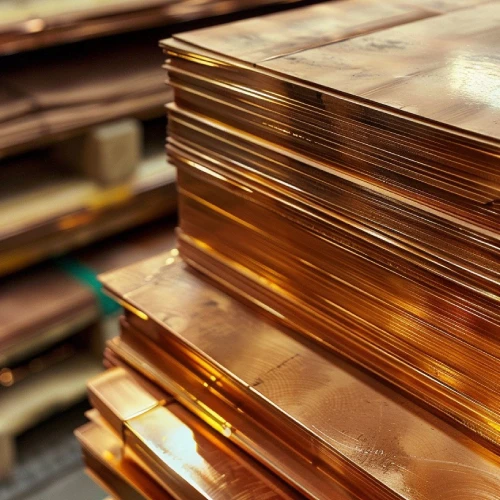Copper: A versatile metal
Copper (chemical symbol: Cu, from Latin: cuprum, atomic number: 29) is a metal with a wide range of uses and unique properties. This article will explore the properties of copper and its applications in detail from multiple dimensions to help you fully understand this important metal.

Basic properties of copper
Chemical properties
Copper is a transition metal that is located in the d block of the periodic table. This means that it has typical metallic properties, such as the ability to form positive oxidation states and combine with a variety of elements. The main oxidation states of copper include +1 (cuprous) and +2 (cupric).
Physical properties
Copper has high electrical and thermal conductivity, which is one of the main reasons for its widespread use in the electrical and electronic industries. In addition, copper's ductility and malleability make it easy to process and form, suitable for a variety of industrial manufacturing processes.
Application areas of copper
Electrical and electronic fields
Due to its excellent electrical conductivity, copper is the material of choice for wires and cables. In electronic devices, copper is also used to make circuit boards and other key components to ensure the efficient operation of the equipment.
Construction and plumbing
Copper pipes are widely used in construction and plumbing due to their corrosion resistance and durability. Copper also has antibacterial properties, so using it in water supply systems can reduce bacterial contamination.
Alloy manufacturing
Copper is the main component of many alloys, such as bronze and brass. Bronze (an alloy of copper and tin) is widely used to make coins, sculptures and ship parts, while brass (an alloy of copper and zinc) is often used to make musical instruments, valves and decorations.
Historical and cultural significance of copper
Ancient civilizations
Copper is one of the earliest metals used by humans. It was widely used in Mesopotamian and Egyptian civilizations around 5000 BC. The invention of copperware marked the transition of mankind from the Stone Age to the Metal Age.
Role in the modern economy
In the modern economy, copper is known as the "artery of the national economy". Its demand is closely related to the level of national economic development and is a key material for industrial production and infrastructure construction.
Environmental impact and recycling of copper
Environmental impact
The mining and smelting process of copper will have certain impacts on the environment, such as soil and water pollution. However, these impacts can be minimized through improved technology and strict management.
Recycling
Copper is highly recyclable, and the recycling process not only saves resources but also reduces environmental pollution. The energy consumption of recycled copper is only 20% of that of mining new copper. Therefore, promoting the recycling of copper has important economic and environmental significance.
Conclusion
As an important metal, copper plays an irreplaceable role in modern society due to its diverse physical and chemical properties. From electrical engineering to building construction, from ancient civilization to modern economy, the impact of copper is everywhere. With the development of science and technology and the enhancement of environmental awareness, the recycling of copper will become an important trend in the future and contribute to sustainable development.